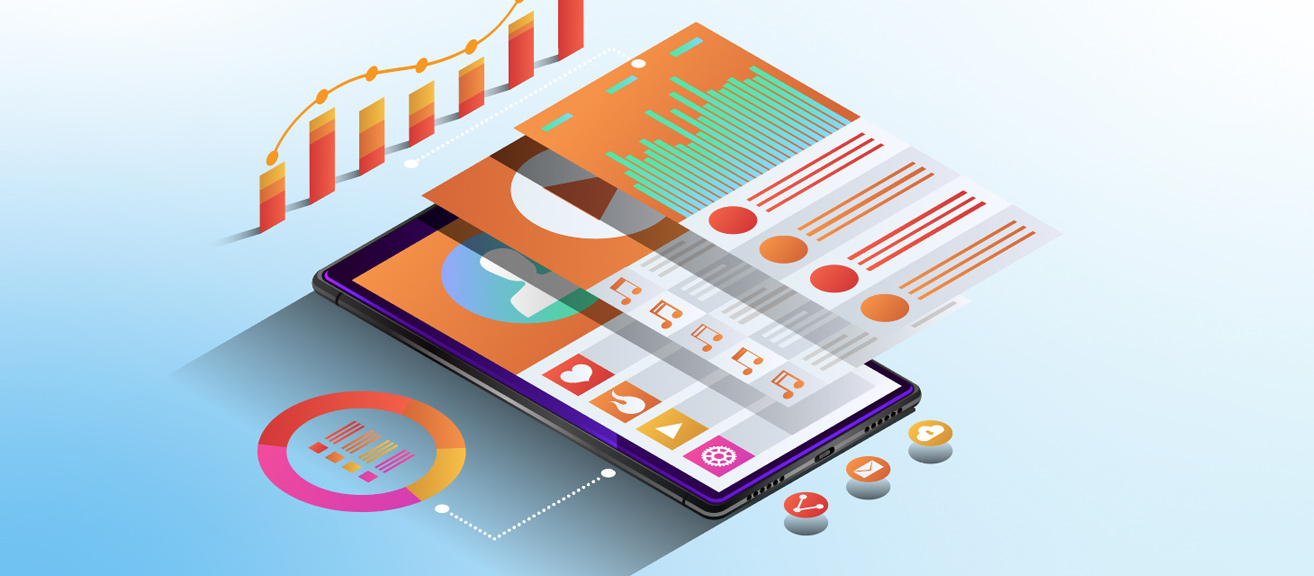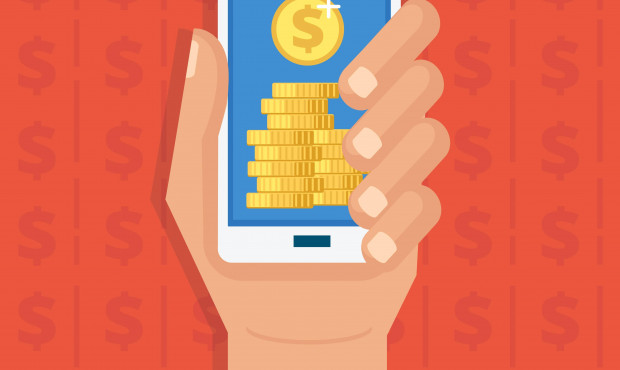For those planning to launch a new app, the most interesting data comes from App Annie. The average monthly hours spent in mobile apps surged over 25 percent in Q3 2020, compared to Q3 2019.
The same quarter has been a record-breaking when it comes to in-app spend—it’s now well over $28B. Most of the spending is still linked to gaming but non-gaming apps have a significant share as well, with 35 percent of revenue assigned to iOS-based devices and 20 percent falling into the lap of Android developers and Google.
The number of app downloads in Q3 2020 has risen 10 percent year to year on Google Play and 20 percent on iOS.
Sensor Tower’s research on the top apps in Q2 2020 also reminds us that Zoom and TikTok had been downloaded the most during the last couple of months. Pandemic, as it turns out, proved that—again—communication and entertainment seem to be the dominant industries in the mobile space. Interestingly enough, a product called Aarogya Setu found its place among the top 10 apps that have been downloaded in that same quarter. It’s a contact-tracing application for the Indian market.
Prior to the pandemic, business apps were highly popular—but the growth rates in the few weeks after the 200th confirmed case of COVID-19 are colossal. Business apps skyrocketed by 180 percent, Health & Fitness apps by over 140 percent, and Education apps by almost 110 percent. The numbers remain 20-35 percent higher than before the pandemic. No one could predict Zoom’s success but that also reminds us to stay aware of the surrounding changes as the opportunities might be less predictable.
What’s the Leverage?
The app market is at its all-time high. Most experts predict that it will go even further up. With the COVID-19 crisis, the user’s attention didn’t shift away from mobile, or app stores for that matter. We still continue to download—and use—mobile applications, and on a scale that has never been seen before.
From the business perspective, however, the emphasis should be put on a specific app category—if you want to play it safe. Business, health, fitness, or education resonate with their target groups the most, ensuring the lowest churn and highest user retention.
Obviously, it’s not enough to “launch an app.” Your product has to address the real need of your target market. An app, in its purest form, is nothing more than a means to an end.
Similarly to running a startup, a good idea would be to build an app MVP first. You could use Progressive Web Apps for that as they are simpler to build and have lower entry barriers for the users. All the users need to do is to pin a website to their home screen. Here’s how to make it happen.
With a solid MVP, you can then test the audience’s response to your idea and iterate efficiently to make it better before the official launch. Or—maybe a web app will be enough to reach your business goals?
You also need to remember the data mentioned previously. The first impression is essential to user retention. Having a solid onboarding experience, beautiful design, a UX/UI that drives the engagement will be crucial to have your users falling in love with your idea during the first week. If you manage to provide enough value for at least two weeks, your chances of long-term success will rise exponentially.





